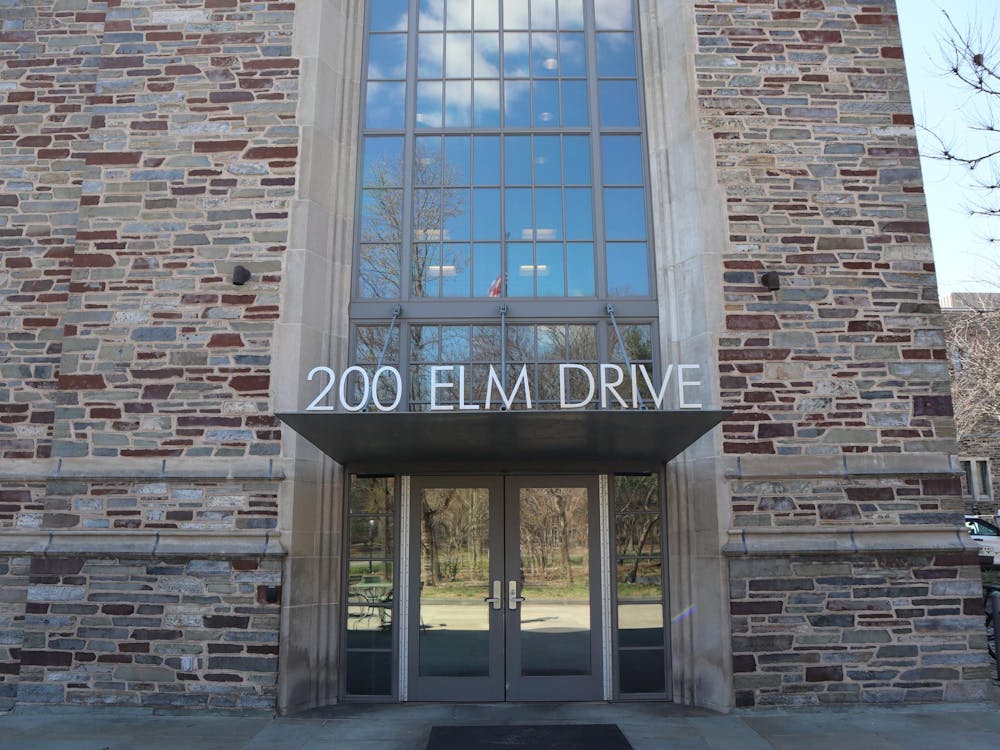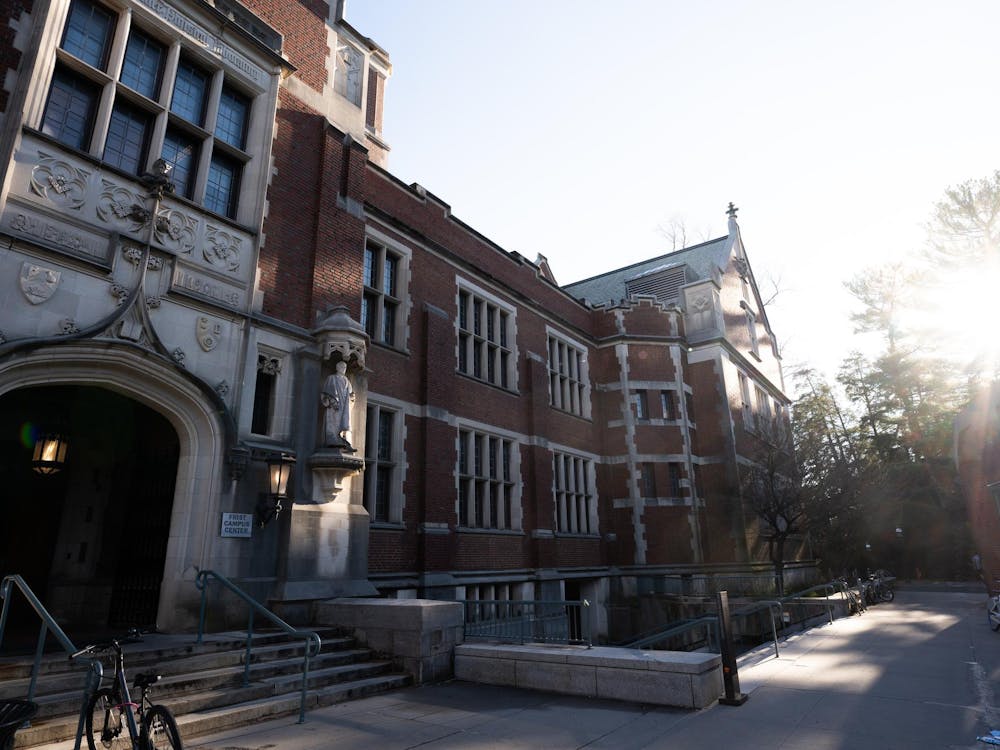The University admitted 18.5 percent of an early application pool of 3,854 for the Class of 2018, eliciting excitement, shock and smiles from the 714 students who received their admission decisions on Dec. 16.
The 18.5 percent acceptance rate for early applicants represents a slight increase overlast year’s 18.3 percentearly acceptance rate.In addition to those admitted in the third year of the University’s single-choice early action program, 3,042 students were deferred to the regular decision pool for re-evaluation, 12 students withdrew their applications and 49 were denied admission.
This year’s number of rejections represents an 83.6 percent drop compared to last year’s 300 early applicants who were denied admission. The percentage of applicants rejected declined to 1.3 percent, down significantly from last year’s 7.9 percent rejection rate.
When asked why the number of rejections had declined significantly, Dean of Admission Janet Rapelyetold The Daily Princetonian in a Dec. 15 interviewthat her office had decided to “give students every benefit of the doubt” and make sure students had a chance to turn in all of their application materials.
Despite the Office of Admission’sdecision in Novemberto extend the early action application deadline by one week due to technical difficulties with the Common Application, decisions were mailed and released online to applicants starting at 3 p.m. on Dec. 16, as originally planned.
“We were flexible with students in November,” Rapelye said. “We gave students an extra week if they needed. We’ve only taken a couple of extra days, but this was the plan — to announce decisions on the 16th.”She added that she and her colleagues were very happy with the results. “The entire pool was strong, and we had to make some tough decisions,” Rapelye said. “We’re really pleased with the admitted students.”
Within the admitted student pool, students come from 32 different countries, 44 states and the District of Columbia. Students living in the United States and hailing from diverse backgrounds — which Rapelye defined in racial, ethnic, socioeconomic, international and perspective-based terms — constitute 41 percent of the pool. International students constitute 8 percent, women constitute 48 percent, men constitute 52 percent and legacy students constitute 15 percent.
Although there are no quotas used at any stage, Rapelye said, the Office of Admission goes into the selection process every year with institutional priorities, such as diversity, in mind.
“Putting together a diverse class from many different backgrounds is a very important part of our work,” she said.
Students admitted early described feeling excitement and crying tears of joy upon receiving their admission decisions.
Daniel Qian, an East Brunswick High School senior from East Brunswick, N.J., was on a bus with his teammates en route to a swim meet when he logged in to the application tracker portal using his phone to check the decision. He said he didn’t want to get his hopes up too high.
Upon seeing the image an orange tiger at the top of the acceptance letter though, “I was ecstatic,” Qian said. “I jumped up and out of my seat and I screamed a little bit and my friends on the bus knew what was happening, but I almost like died right there and my heart stopped.”
Qian said he would always remember the round of applause and cheers he got from his teammates following his outburst.
Meanwhile, in a quiet family room in Indianapolis, Ind., Park Tudor High School senior Samone Blair, who “typically [doesn’t] scream that much,” got loud after seeing her acceptance letter.
“I started screaming, very high pitched, and so did my mom,” Blair said. “My dad was laughing because we sounded ridiculous, but we were both really excited and I just couldn’t believe it.”
Blair said that despite her own disbelief, she appreciates how supportive her friends and family were for her acceptance.
In Morristown, N.J., Morristown High School senior Cesar Villavicencio’s mother made a reaction video in hopes of capturing the big moment on film.
"There’s some crying, there’s some tears, me freaking out and me repeating and yelling ‘I got in to Princeton!’ and jumping all over the house and running all over the place,” Villavicencio, who insisted that the video “will never see the light of day,” explained.
Indeed, Vernon Township High School senior Sarah McGuire from Vernon Township, N.J. said that while she waited for the admissions website to load, she “was just thinking if I get in, my life will be perfect right now and everything will be great.”
McGuire, who said she has dreamed of going to Princeton since she was five years old, explained she was convinced that she would either get denied or deferred, so the decision came as a shock.
“I was so surprised I had to read it five times,” McGuire said. “I was crying and laughing.I called my mom and I couldn’t even make words. I had to keep looking at it because I couldn’t believe it actually happened!”
It is hard to predict what the yield will be like for students admitted through the early action process, Rapelye said. However, she explained that because students who apply early have often decided for themselves that Princeton is their first choice, she is hopeful the yield will be high.
“We are starting to see a trend line in just the last two years of early admits choosing us,” Rapelye said.
Harvard, which also reinstated a single-choice early action program in 2011, admitted21 percentof early applicants from a pool of 4,692. Yale admitted15.5 percentof early applicants from a pool of 4,750.







